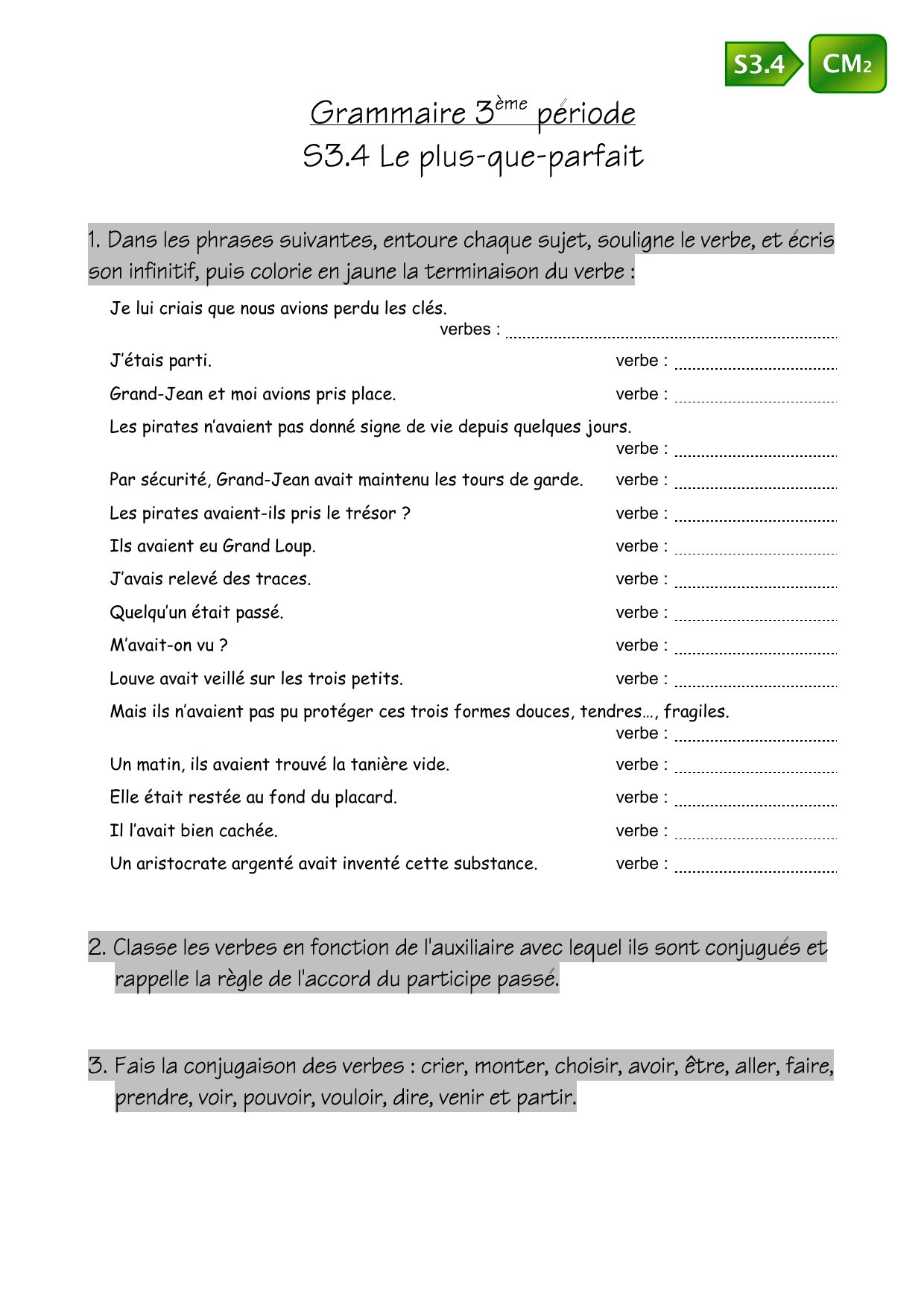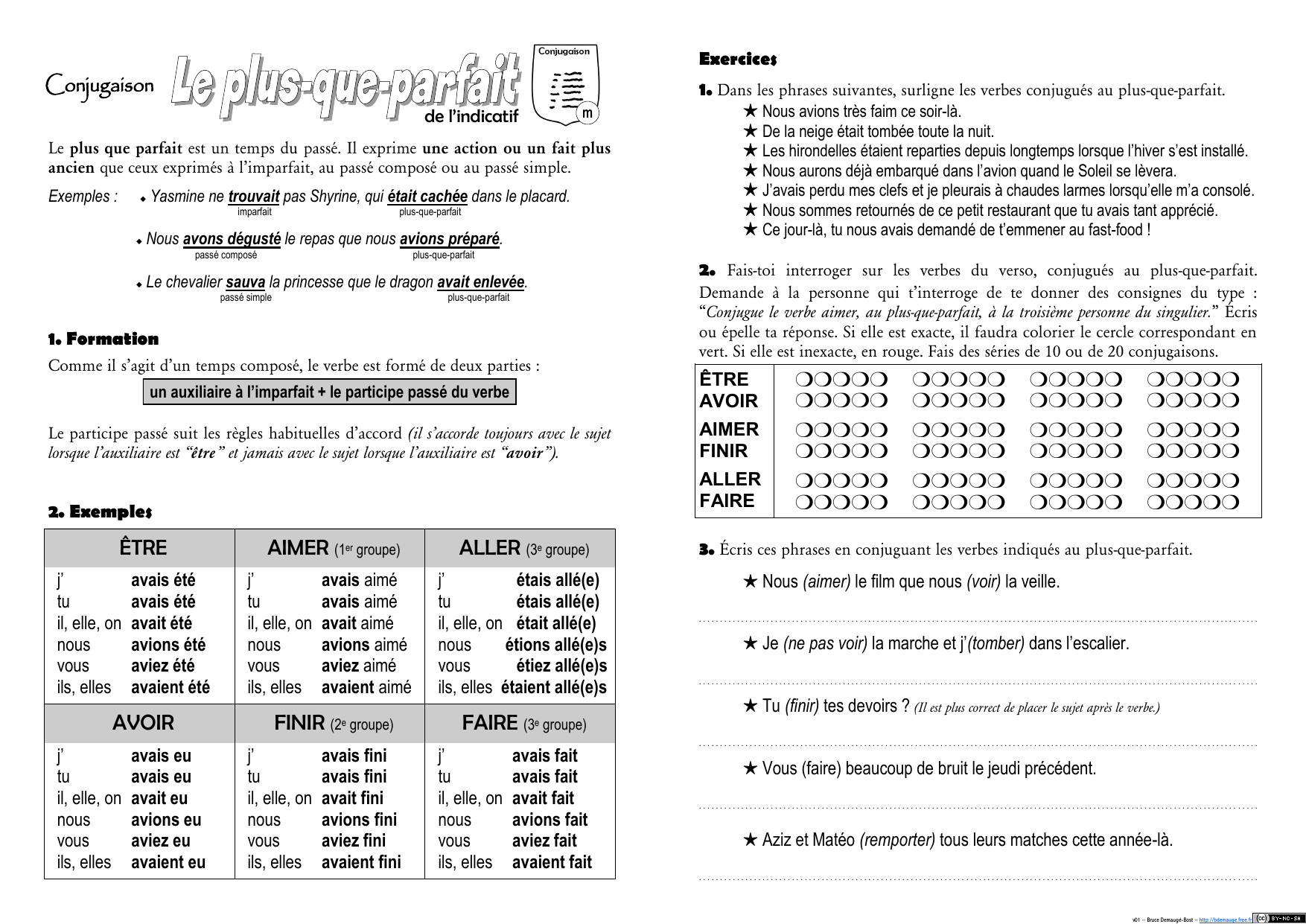

Elle a vu un oiseau multicolore – She saw a multicolored bird.To use this tense, simply take the verb “avoir”, conjugate it according to the subject, and add the past participle of the verb, which in this case is “vu”. The passé composé of “voir” is used for anything that has already happened and finished, and also things relevant to the present, similar to “have seen”. Voir Conjugation in the Past Tense (le passé composé) J’ai vu Nous voyions le coucher du soleil à partir de notre balcon – We used to see the sunset from our balcony.Elle voyait sa grand-mère tous les jours – She used to see her grandmother every day.The imperfect tense with “voir” is used to talk about past habits or regular occurrences in the past. Voir Conjugation in the Imperfect Tense (l’imparfait) Je voyais Elles ne voient pas le danger – They don’t see the danger.



It’s very important to learn the “voir” conjugation not only so that you can use this verb effortlessly, but also to help you understand the many other verbs that end with “voir”. That said, it can also be a useful verb to know in other contexts, such as to express understanding, to talk about past experiences and even to arrange meeting up with people. The French verb “voir” isn’t as difficult to master as you might think, but “ il faut le voir pour le croire” (you have to see it to believe it!) It’s an everyday verb that is used predominantly to talk about sight.


 0 kommentar(er)
0 kommentar(er)
